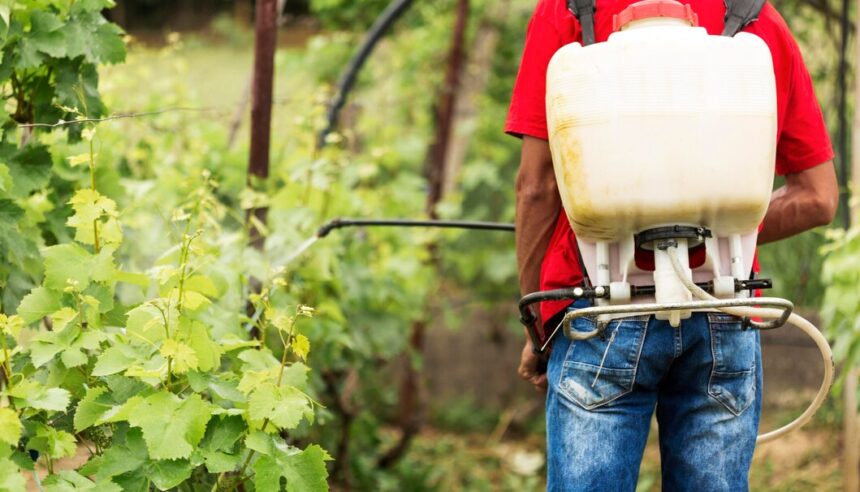Pest management is a critical aspect of agriculture, especially in South Africa, where pests can pose significant threats to crop yields and quality. Implementing effective pest management techniques is essential for safeguarding agricultural productivity while minimizing the use of harmful chemicals and preserving environmental sustainability. Here are ten techniques that South African farmers should consider for pest management:
- Integrated Pest Management (IPM):
IPM is a holistic approach that combines various pest control methods to minimize pest damage while reducing reliance on chemical pesticides. It involves monitoring pest populations, implementing cultural practices, using biological controls, and deploying targeted pesticide applications only when necessary. - Crop Rotation:
Rotating crops can disrupt the life cycle of pests and pathogens, reducing their buildup in the soil and minimizing the risk of infestation. By alternating crops with different growth requirements and susceptibility to pests, farmers can effectively manage pest populations and maintain soil health. - Companion Planting:
Companion planting involves intercropping crops that benefit from each other’s presence, either by repelling pests, attracting beneficial insects, or enhancing soil fertility. For example, planting marigolds alongside vegetables can deter nematodes, while attracting pollinators like bees and butterflies. - Biological Control:
Biological control involves using natural enemies, such as predatory insects, parasitic wasps, and microbial pathogens, to manage pest populations. Introducing beneficial organisms into the ecosystem can help maintain pest balance and reduce reliance on chemical pesticides. - Trap Cropping:
Trap cropping involves planting a sacrificial crop that attracts pests away from the main crop, allowing farmers to monitor and control pest populations more effectively. By selecting plants that are particularly attractive to pests, farmers can lure them away from valuable crops and reduce damage. - Physical Barriers:
Installing physical barriers, such as row covers, nets, and fences, can protect crops from pests and wildlife. These barriers prevent pests from accessing the plants while allowing air, light, and water to penetrate, maintaining optimal growing conditions. - Cultural Practices:
Cultural practices, such as proper irrigation, pruning, and sanitation, play a crucial role in pest management. Maintaining healthy plants through optimal growing conditions and regular maintenance can enhance their resilience to pests and diseases. - Natural Predators and Parasites:
Encouraging the presence of natural predators and parasites, such as ladybugs, lacewings, and parasitic wasps, can help control pest populations organically. Providing habitat and food sources for these beneficial insects can create a balanced ecosystem that regulates pest populations naturally. - Genetic Resistance:
Planting crop varieties that exhibit natural resistance or tolerance to pests and diseases can reduce the need for chemical pesticides. Breeding programs and genetic engineering techniques can enhance crop resistance to specific pests and improve overall crop resilience. - Timely Monitoring and Intervention:
Regular monitoring of pest populations and crop health is essential for early detection and intervention. By identifying pest outbreaks and potential problems early, farmers can implement appropriate control measures promptly, minimizing damage and reducing the need for extensive pest management interventions.
By adopting these ten pest management techniques, South African farmers can effectively protect their crops from pests while promoting environmental sustainability and preserving agricultural productivity. Integrated approaches that prioritize ecological balance and minimize reliance on chemical pesticides are essential for ensuring the long-term health and resilience of agricultural systems in South Africa.
Join 'Farmers Mag' WhatsApp Channel
Get the latest Farming news and tips delivered straight to your WhatsApp
CLICK HERE TO JOIN






